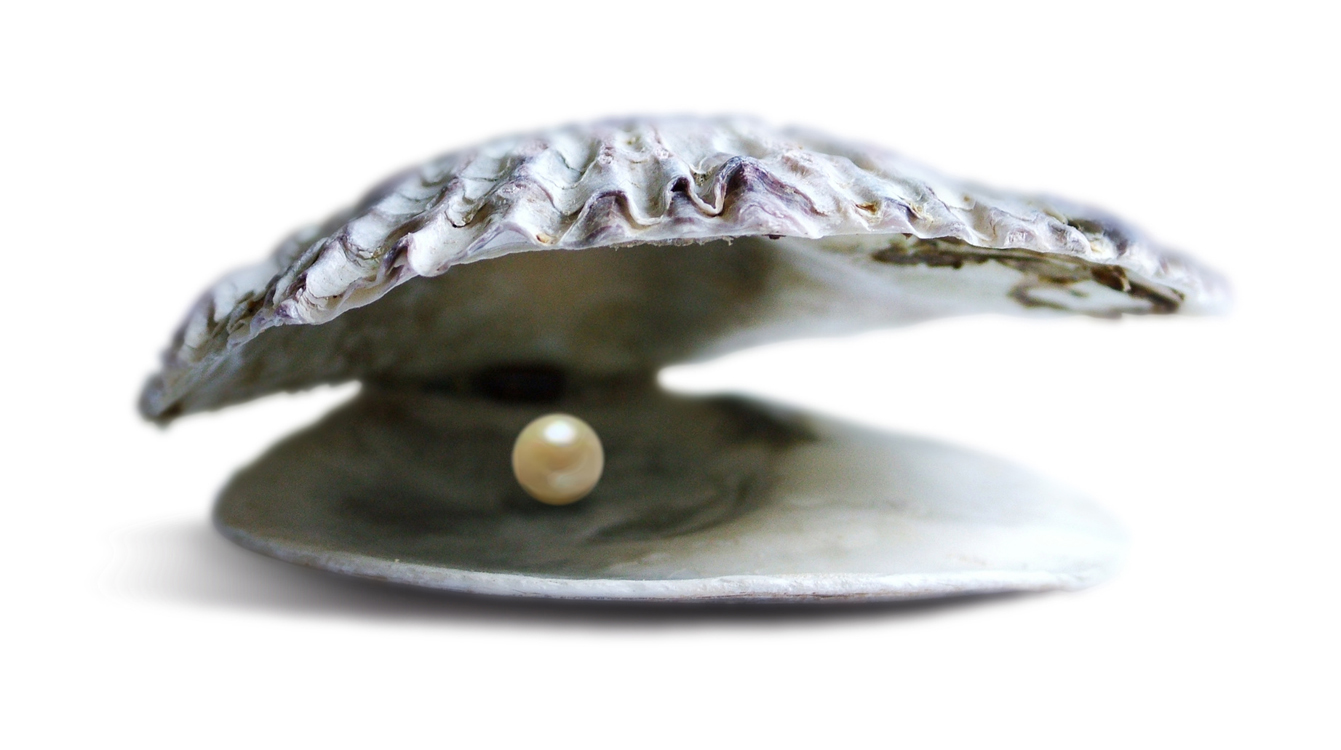Who? What? When? Where? How? Why? Questions every good journalist learns to ask. But you don’t have to be a journalist to benefit from asking these questions.
We call them “open questions” because they can’t be answered “yes” or “no,” and that’s the reason they draw out more information than closed (yes-or-no) questions. As explained in Bridges to Consensus, the more we know about the interests of another person, the more ways we can find to address those interests in a manner that also supports our own interests. The more ways to address the other person’s interests (in ways that also work for us), the more likely that she will agree to at least one of them.
Let’s say you ask a coworker to cover for you so you can take a long lunch, and she says, “Sorry, can’t do it today.”
You wonder if she’s too busy with work projects, so you ask her a closed question about addressing that interest, “Is there something I can do to help you with your work after I get back from lunch?”
She replies, “No, thanks.”
Where does that leave you?
Now compare what happens when you ask her an open question, “What’s going on with you today?”
She replies, “I need to finish this report in time to leave early so I can buy a sandwich tray on my way to a party.”
Now you have something to work with. You offer to buy the party tray for her while you’re out doing your own errand at lunch. But instead of simply offering to do so, try asking an open question about your idea. “How would it work if I buy the party tray for you while I’m out doing my own errands at lunch?”
Your coworker is not satisfied with this option, but the fact that you put it in the form of an open question elicits more information. “That wouldn’t work well for me. There’s a particular type of sandwich tray I want from the Kroger store, and besides, I’ll be doing good to get out of here on time even if I don’t have to field all your phone calls during lunch.”
Now you log on to the Kroger store’s website and pull up their sandwich trays. You carry your laptop or tablet over to her desk, show her the web page, and say, “if the tray you want is one of these, I could call and pre-order it, pick it up, and also field all of your phone calls for the rest of the afternoon when I get back from lunch. How would that be?”
Though they have many virtues and uses, open questions don’t always come naturally to us. We tend to tell, rather than ask, and when we do ask, we tend to use yes-or-no questions. So your resolution for this month is to set aside a time each day to practice asking open questions. For me, it works well to set aside a brief period when I know I will be having a meal with someone. For example, I might decide that, at lunch, I will practice open questions between the time we order and the time the food arrives at our table.
The open questions you practice don’t have to be related to consensus. Just listen to what your companion says, and try asking some open questions that help him to elaborate.
While practicing these questions, you will learn more about other people, they will become more interesting to you, and they will appreciate your interest in them. Then, when you are seeking consensus, you can easily ask your way to success.

